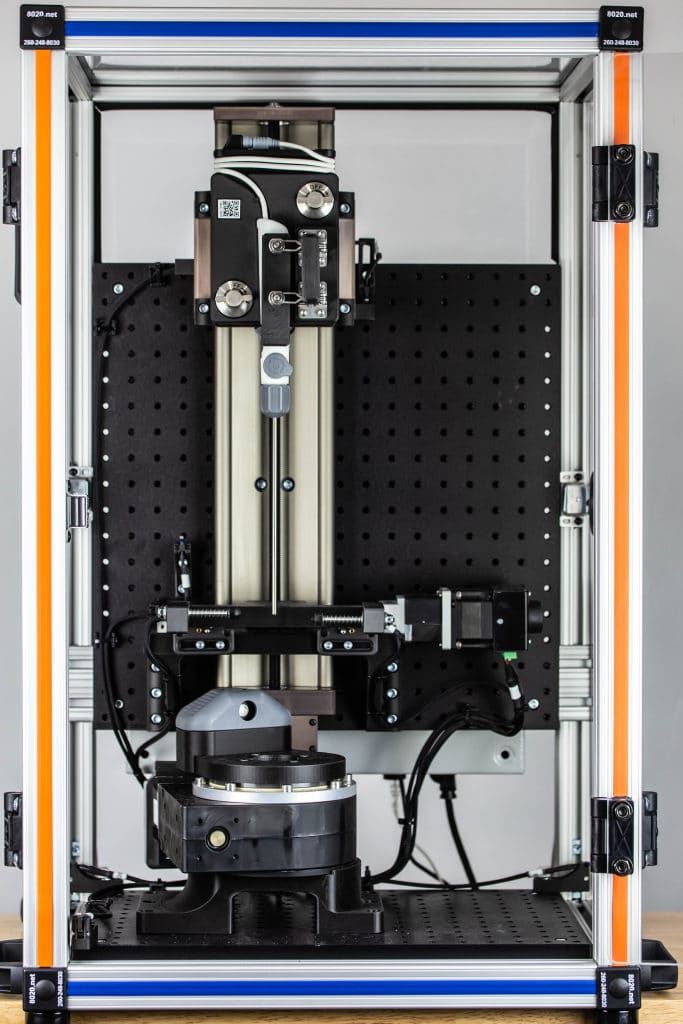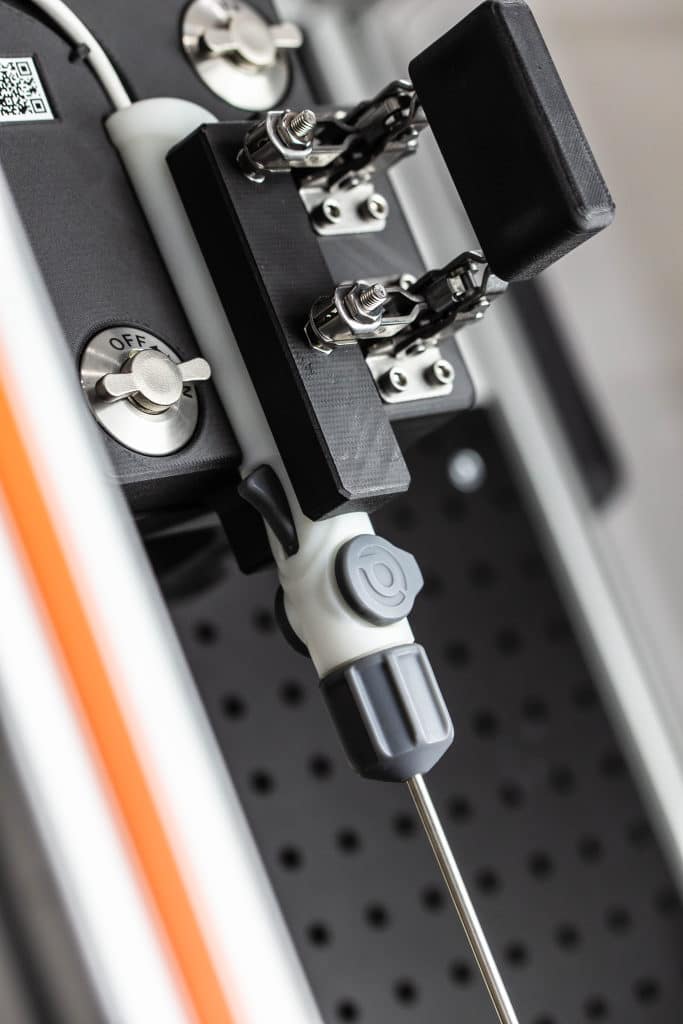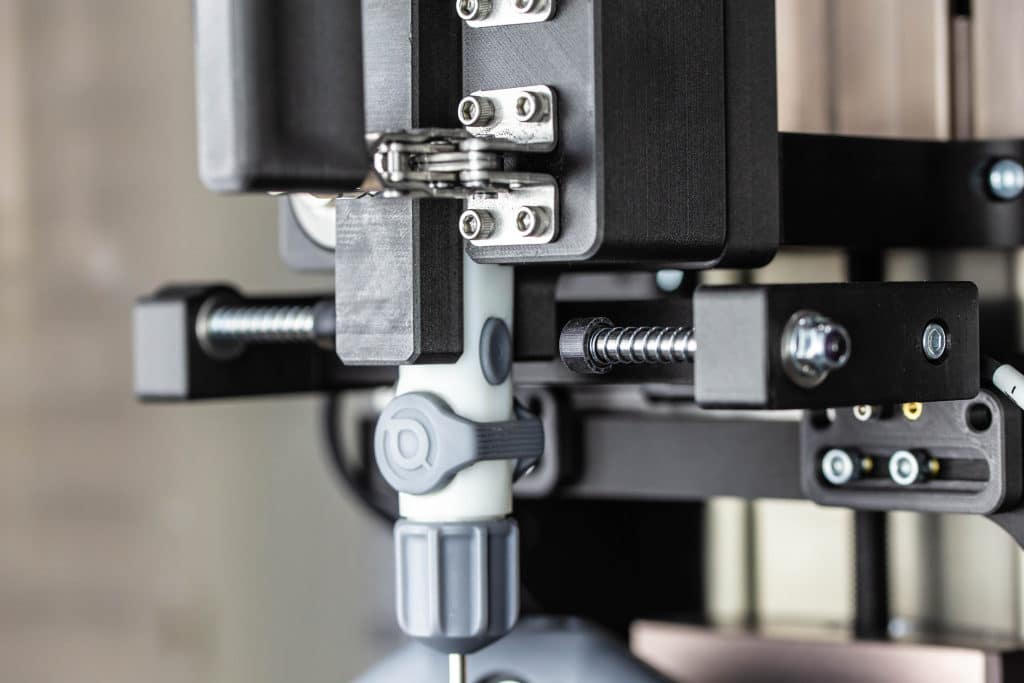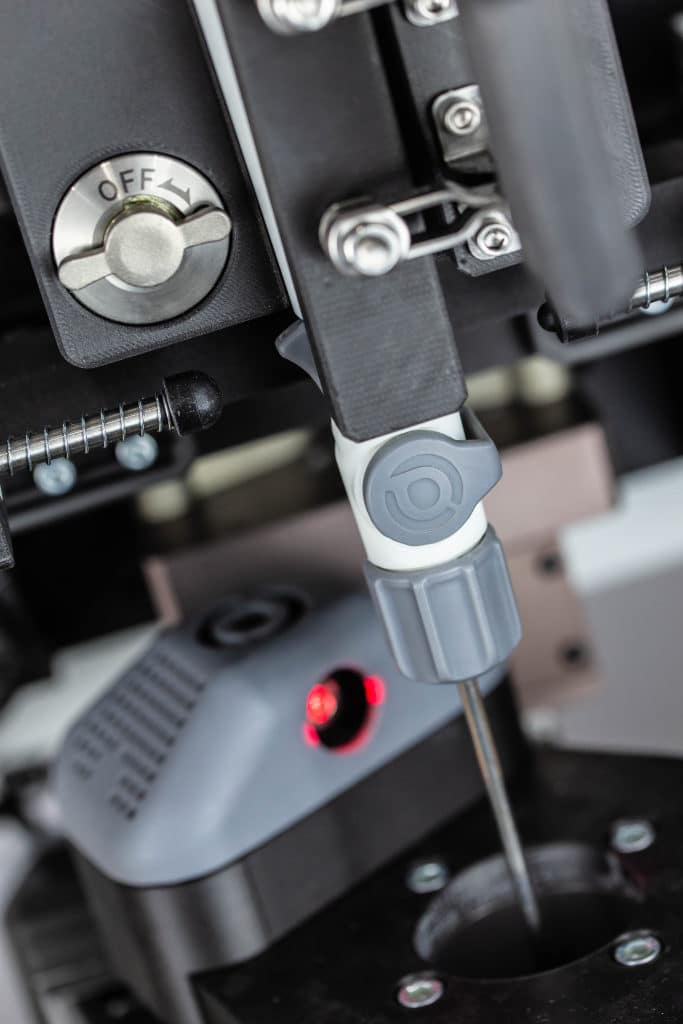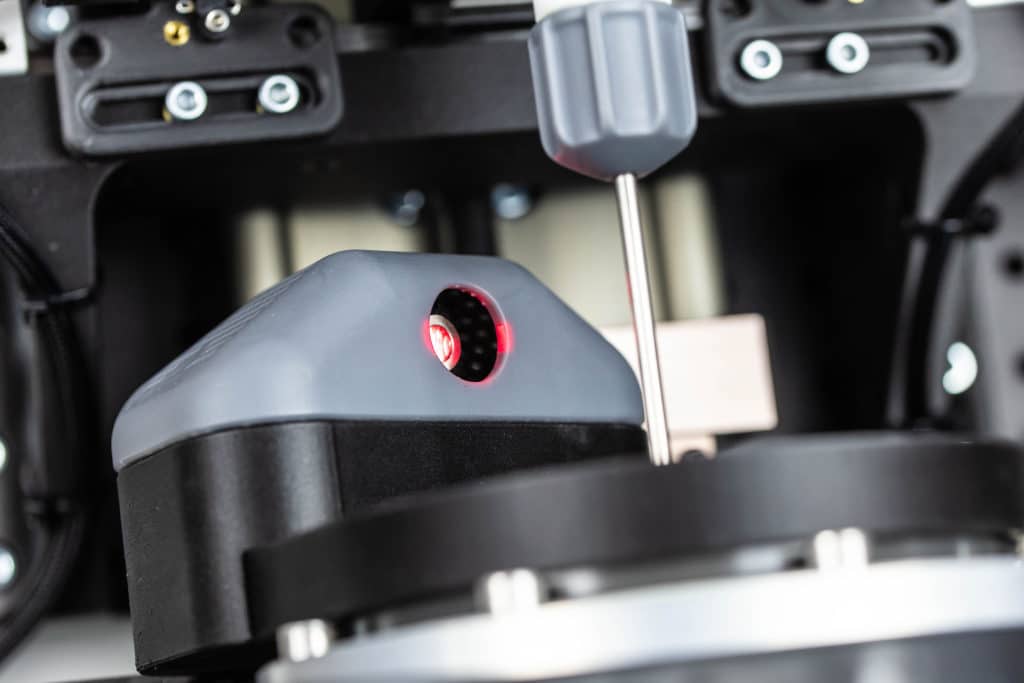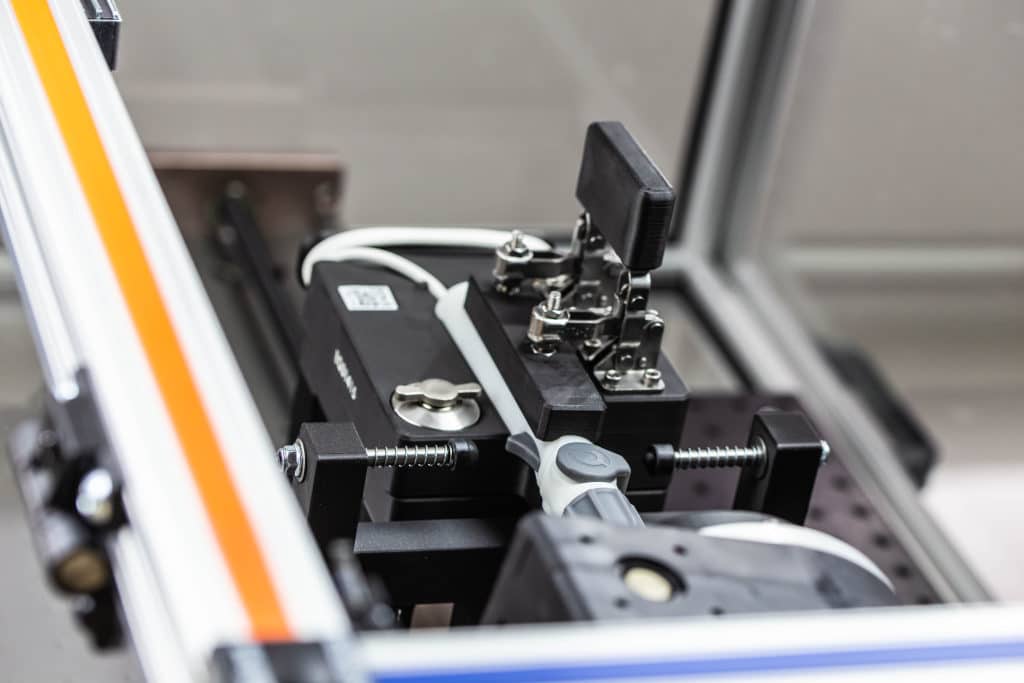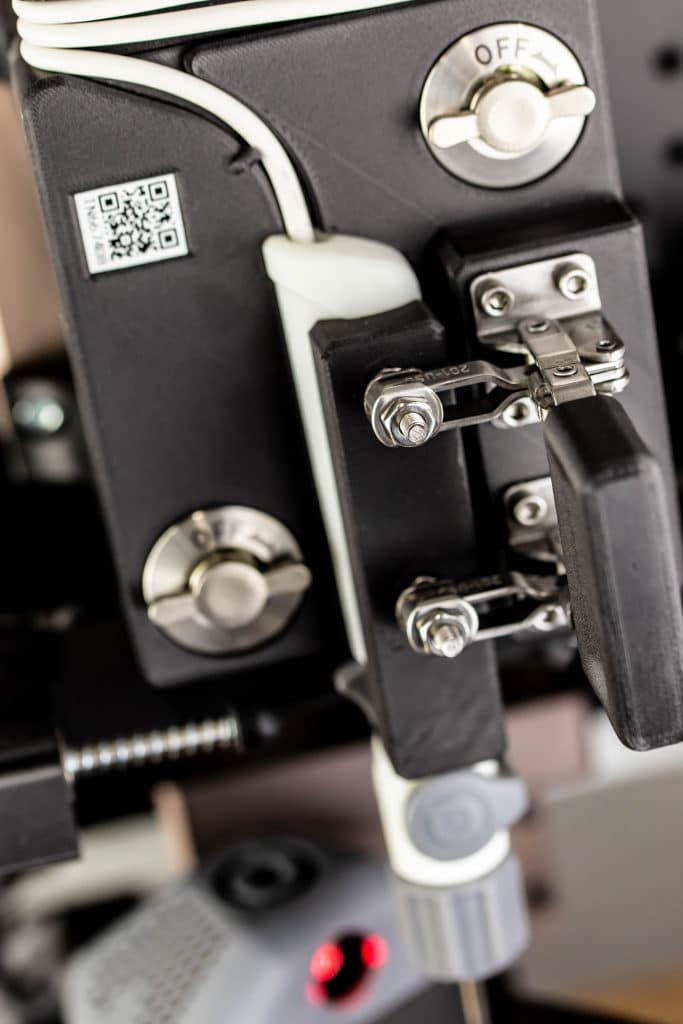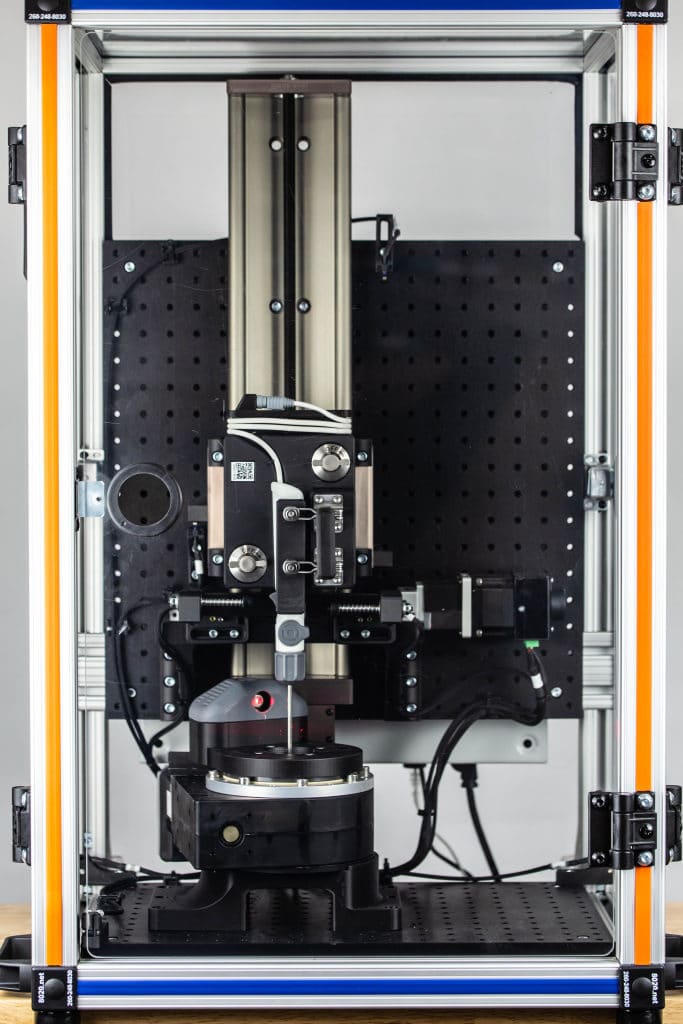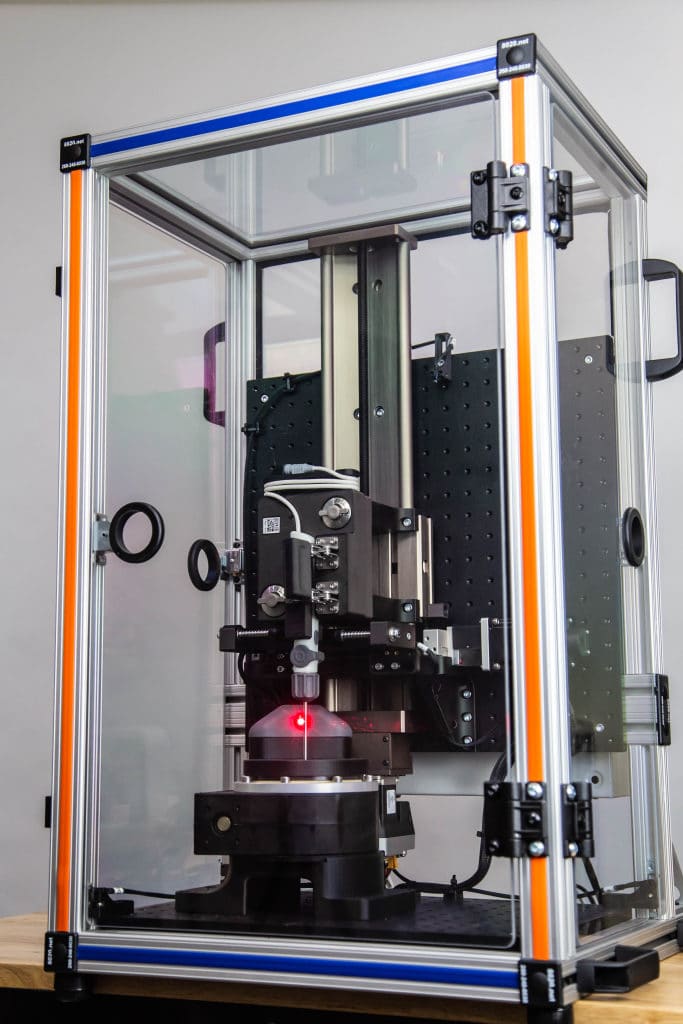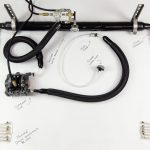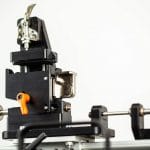Functional Verification Fixture
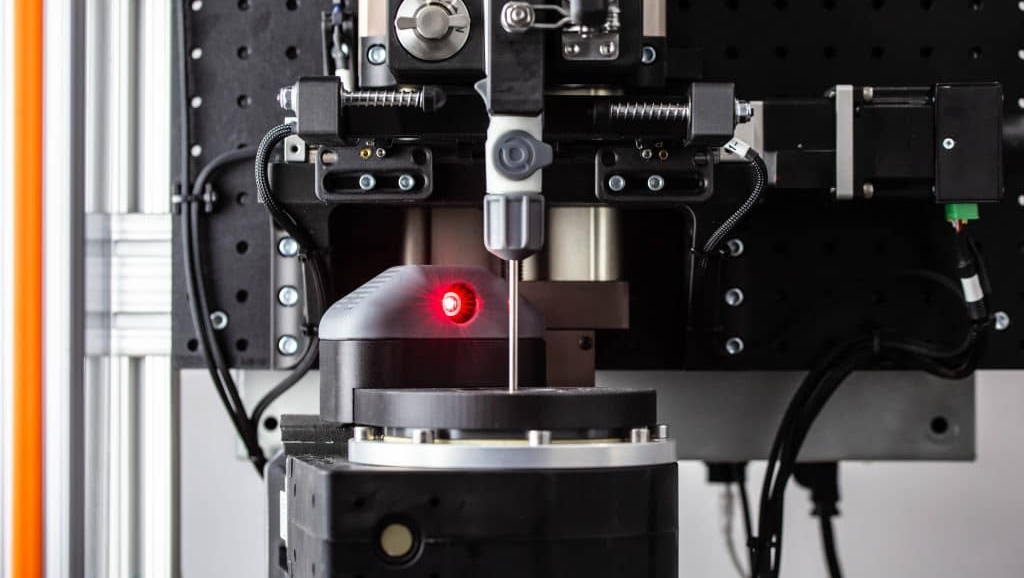
FUNCTIONAL VERIFICATION FIXTURE SUMMARY
This custom piece of equipment runs and verified a variety of functionalities unique to a particular medical device.
TEAM:
Mechanical Engineers, Software/Control System Engineer, Electronics/Cabling Engineer, Machinist, Assembly technician
DESIGN TOOLS USED:
SolidWorks, LabVIEW
MARKET:
Medical Devices
PROJECT REQUIREMENTS
- The functional verification fixture must have an operator safety system to prevent injury
- The fixture shall have a device safety system to prevent damage
- The system shall be capable of measuring device straightness and microscopic surface defects using a laser measurement device
- The system shall have the ability to actuate the device trigger
- The system shall have the ability to actuate the device button
- The system should automatically cycle using LabView controlled stepper motors
SUMMARY OF ACTIVITIES
The functional verification fixture allows an operator to simply insert and remove a device – the rest of the test sequence is fully automated via a custom LabVIEW program which steps through a multi-button cycle test and a vision system 360-degree scan that can encompass mechanical/quality characteristics as well as operational characteristics (such as RPM, speed, shaft straightness, vibration, and more.) Downstream, the outcomes of the tests can be automatically logged and statistically analyzed to create Pass/Fail flags ultimately reducing operator error and mean time between devices.
Activities to develop the functional verification fixture included preliminary design, preliminary software development, internal design review meetings, detailed design, final design, manufacturing, assembly, final software development/build/compile, internal test and validation
How can your team succeed with custom manufacturing equipment, custom test fixtures, and automation? Contact us today to discuss your project.
